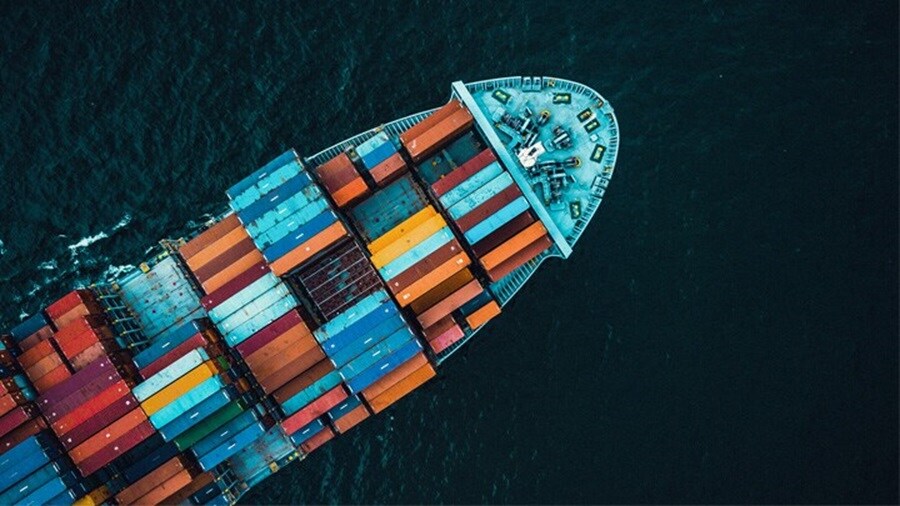Electricity output can be outpaced by energy consumptions, resulting countries and areas needing to enact rationing measures to ensure that all necessary parties have access to power. Electricity shortages can be caused by a combination of factors, including lowered access to coal and high prices, unpredictable weather patterns and challenges of meeting energy and emissions goals.
Utilizing the electricity rationing measures were enacted in October 2021 in key manufacturing areas in China (Guangdong, Jiangsu and Zhejiang), as a case, we can see how such measures could affect supply chain planning and supply chain strategy.
How these measures can impact supply chain planning
Increased cost: Coal prices more than doubled in from 2020 to 2021, causing electricity costs to surge. New reforms entailed that industrial and commercial users must purchase electricity at market prices, rather than through the pre-existing power purchasing scheme that kept costs artificially low for large consumers. This could have resulted in increase of cost of production.

Volume of production: Rationing measures limited many factories to fewer days of production. As China began to enter the winter season, where the general need for electricity increases, the coal and power supply crunch was expected to continue. Weather could have a detrimental or bettering effect on disruptions in cases like this one; whilst severe cold increases the need for electricity, so does extreme heat.
Delay in delivery: Seasonal holidays can affect consumer patterns, in turn affecting production output pace. Consumer needs are high during the end-of-year holiday shopping seasons, where supply lines are impacted by rising raw material costs, port delays and shipping containers shortage. This can have an adverse effect on supply chains and delivery.

What to do in situations like this:
Situations like electricity shortages can be short or long-lasting, and can in turn, cause disruptions far down the line. This is never optimal, but there are actions you can take that will help you gain more visibility and control over your supply chain logistics.
Working with your logistical partners can help you prepare for different scenarios and have alternative solutions ready to ensure that disruptions are kept at a minimal. Keep yourself abreast of the situation as it continues to unfold and ensure that your logistical partner is in close contact with officials, local and regional vendors and their partners, so you are informed on current and potential impacts to your supply chain planning.
Additionally, your supply chain planning can be strengthened through these actions:
- Monitor the electricity supply situation so you can adjust your manufacturing plan and logistics where needed.
- Stay in contact with vendors, who will be able to monitor the local electricity distribution plan and assist in ensuring early detection, so disruptions to supply lines can be communicated in a timely manner.
- Revisit upstream planning and prioritization of urgent orders, as well as alternative sourcing and transportation options, can give you further space in a constraining situation.
- Be prepared to discuss mitigating actions where and when needed, so to reduce delays on cargo delivery.
Whilst these actions can’t alleviate all issues, they can help mitigate and help streamline supply chain planning for you and your company.
未来,您想随时了解必读行业趋势吗?
您已经完成了,欢迎“登船”!
很抱歉,发送您的联系请求时出现问题。
请查看表单字段,确保所有已正确填写所有必填信息。如果问题仍然存在,请联系我们的支持团队以获得进一步的帮助。
未来,您想随时了解必读行业趋势吗?
使用此表格注册,即可直接在您的邮箱中接收我们的洞察见解,进入一个真正的综合物流世界。简单操作,即从我们为您量身定做的精选文章中获得启发,了解相关行业洞察信息。您可以随时取消订阅。













